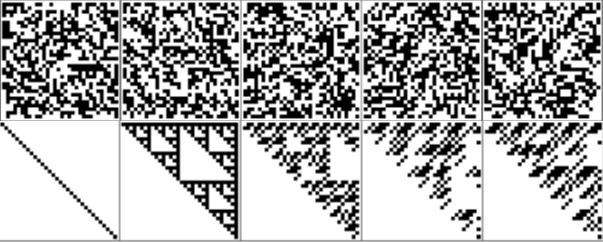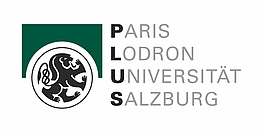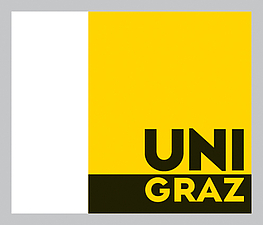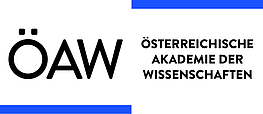Quasi-Monte Carlo Methods: Theory and Applications
FWF Special Research Program (SFB)
Project Part 05 (R. Hofer): Digital Sequences and Related Hybrid Sequences
SFB funding period 2 (2018-2022)
For the second four-year-period of the SFB we formulate altogether 10 new problems that are related to
- the construction of generating matrices for digital sequences,
- the study of the discrepancy of concrete examples of sequences,
- the investigation of hybrid sequences with one or more digital component sequence, and
- the study of subsequences.
Great parts of this application focus on the digital analogues of the Kronecker and Halton sequences, where the latter were introduced in the first four-year-period of this project part. For example, we plan a thorough study of the star-discrepancy of the digital analogue of the Halton sequence. More exactly we ask if it is possible to identify specific digital Halton sequences which allow an improvement of the constant $c_{s}$ in the leading term in the bound $ND^{*}_{N} \leq c_{s} \log^{s} N + O\left( \log ^{s-1} N\right)$. This bound is obtained by applying the so-called Atanassov's method to digital sequences. For the non-digital Halton sequence Atanassov could identify modified versions that allow for such an improvement. For non-digital Kronecker sequences many research articles can be found on specific subsequences, but for the digital analogue only a few results are known. We intend to investigate arithmetic and polynomial subsequences of the digital Kronecker sequences. In particular, the study of arithmetic subsequences is related to the study of hybrid sequences built by digital Kronecker sequences and digital Halton sequences. We propose to study such hybrid sequences, as well as their finite versions, which are built by polynomial lattices and digital Halton sequences. The non-digital versions of these hybrid sequences and hybrid point sets have already been studied both by the project part leader and by project part leaders Larcher, Drmota, and Kritzer.

SFB funding period 1 (2014-2017)
Many of the most famous low-discrepancy sequences are contained in the class of digital sequences. Digital sequences are constructed via operating on the $q$-adic digits of the natural numbers by using so-called generating matrices. In this project we focus on the generating matrices. We study the constructions of Niederreiter, Xing & Niederreiter, Hofer, and Hofer & Niederreiter with respect to designing specific properties of the matrices. Particularly, properties which are related to matrix densities as well as multiplicative properties between the generating matrices.
Furthermore we study the distribution properties of hybrid sequences which are built by combining a digital sequence generated by specific matrices with different other types of sequences; as Kronecker sequences, pseudorandom sequences, lattice point sets or again a digital sequence generated by specific matrices.
We also continue recent investigations on the distribution of subsequences of digital sequences.







